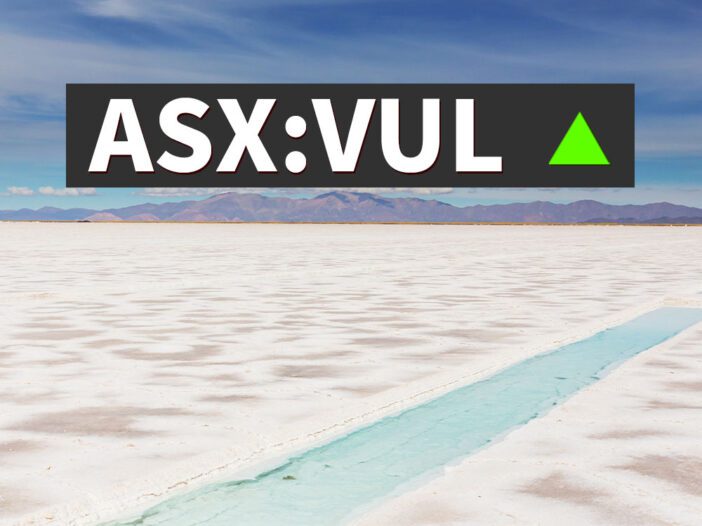Vulcan Energy Resources Ltd [ASX:VUL] share price is up this week as the lithium developer signed an offtake agreement with automaker Volkswagen.
What does VUL’s share price movement say about the wider lithium industry?
VUL shares emblematic of enthusiasm for lithium stocks
In September, Vulcan’s share price hit an all-time high of $16.65. It capped off a remarkable run, as last September, Vulcan shares were trading for $1.
Such a hot run made Vulcan the pin-up stock for the resurging lithium sector.
Decarbonisation was the driving theme as optimism saw investors pour capital into junior lithium developers and explorers.
While producers like Orocobre Ltd [ASX:ORE] (now rebranded to Allkem [ASX:AKE] following a merger with Galaxy Resources Ltd [ASX:GXY]) also felt the love, it wasn’t on the same scale as the love showered on more speculative stocks.
Compare the share price gains in the last 52 weeks of lithium developers against lithium producers.
Junior developer Lake Resources NL [ASX:LKE] is up 1,060%.
Explorer AVZ Minerals Ltd [ASX:AVZ] is up 495%.
And another explorer Core Lithium Ltd [ASX:CXO] is up 455%.
What about the producers?
Allkem is up 120%.
Iron ore and lithium producer Mineral Resources Ltd [ASX:MIN] is up a comparatively modest 35% (no doubt hurt by a tumbling iron ore price).
And Pilbara Minerals Ltd [ASX:PLS] is up 220%.
Commenting on the discrepancy, Eley Griffiths Group portfolio manager David Allingham said:
‘From this level you’ve got very good upside in the producers still, with less downside risk should the retail euphoria subside for whatever reason in the coming six to 12 months.
‘I wouldn’t say we’re overweight the sector. We’re kind of market weight. We acknowledge valuations moved aggressively. The pricing is very, very toppy in the spodumene market at the moment, but it may well stay so for a while, so we want to keep an oar in the water there.
‘The money’s cycled out of, I guess, the more mature producers into the sort of pre-development-phase stocks where there’s clearly more speculation down there.’
But VUL’s sharp share price appreciation — coupled with its junior status as a developer — makes its valuation fragile to shifting sentiment.
How to Limit Your Risks While Trading Volatile Stocks. Learn more.
J Capital and Vulcan battle
In late October, short-seller research house J Capital released a critical report on Vulcan, throwing doubt on the viability of Vulcan’s Upper Rhine Valley project.
Vulcan’s shares fell about 30% after JCap’s report as unmitigated enthusiasm was tempered with questions.
Of course, Vulcan didn’t take the matter lightly and took J Capital to court.
The matter is still held up in the Federal Court of Australia.
Vulcan, optimism, and the future
Vulcan is now a $1.4 billion company with no revenue and first production slated for late 2025.
Such a valuation will inevitably attract detractors.
But the company also has strong supporters, who think Vulcan can become a leading green lithium producer in Europe — a big market for EVs.
So how much is Vulcan worth? What is its intrinsic value?
How much should you pay for a company who is years away from production, where success is not certain, and capital costs are high?
2022 will be an interesting year for junior lithium stocks. I will be watching with interest how the market will assess junior developers like Vulcan, especially in light of rising interest rates.
If you want extra information on evaluating and comparing lithium miners, I suggest reading our lithium guide released last week.
It’s thorough and takes you through vital factors to consider when pondering the lithium sector.
Additionally, if you’re inclined to read a report analysing a few ASX lithium stocks, check out Money Morning’s report on three exciting lithium miners.
Regards,
Kiryll Prakapenka,
For Money Morning
PS: Our publication Money Morning is a fantastic place to start on your investment journey. We talk about the big trends driving the most innovative stocks on the ASX. Learn all about it here


